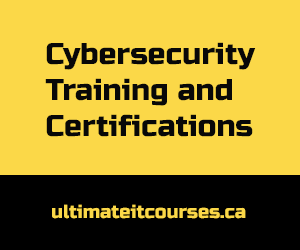Amid rising cyber crimes such as phishing, malware, ransomware, and spyware attacks, along with an increase in the adoption of digital services for payments and other activities, it becomes imperative that we must safeguard ourselves against these frauds. You must have seen in public service announcements by government and police where they advise to exercise caution while receiving an unwanted link or email. It is because, the modus operandi of cybercriminals is to make a genuine-looking website and then dupe people once they enter their personal information on it.
Now, while antivirus software can protect you from malware and viruses, there are certain ways that can prevent you from falling prey to fraudulent websites as well.
Read the domain name: If you are redirected to some website while browsing the internet, never proceed to enter any information before checking the domain name. Fraudsters often make addresses that look similar to the address of popular sites like Amazon or FlipKart. But, if you look closely there is always a slight difference in the name which you must spot to distinguish between the real and the fake one.
Use secure payment gateways: Whenever you are shopping online especially from the newer sites, always choose a secured payment gateway while checking out. As you enter crucial information of your bank account and credit cards, it is advised to be extra careful and uses trusted gateways like Paypal, Paytm and Razorpay.
Address bar: Whenever surfing the web, make sure to look at the ‘https://’ at the top of the page. The ‘S’ here indicates that the website is secure and uses encryption for transferring of data. However, a missing ‘S’ doesn’t necessarily mean that the website is fake but it is still advised to avoid entering your personal data on such sites.
Run a scan: There are various website scanners that ensure that the website you intend to visit is safe or not. These tools like UpGuard, SiteGuarding and Quttera scan the sites for malwares and vulnerability exploits to detect a fake website. Running the site through these softwares can provide an extra layer of security for you.
Look for the lock: If you look closely at the address of the website, you will notice a padlock icon. That icon technically shows that the site has been secured by a TLS/SSL certificate. To be doubly sure, one can click on the lock and then click on ‘Connection is secure’. A text box will appear indicating that your nformation such as passwords and credit card numbers are secure when sent to the site.
Click here to view original web page at www.news18.com








